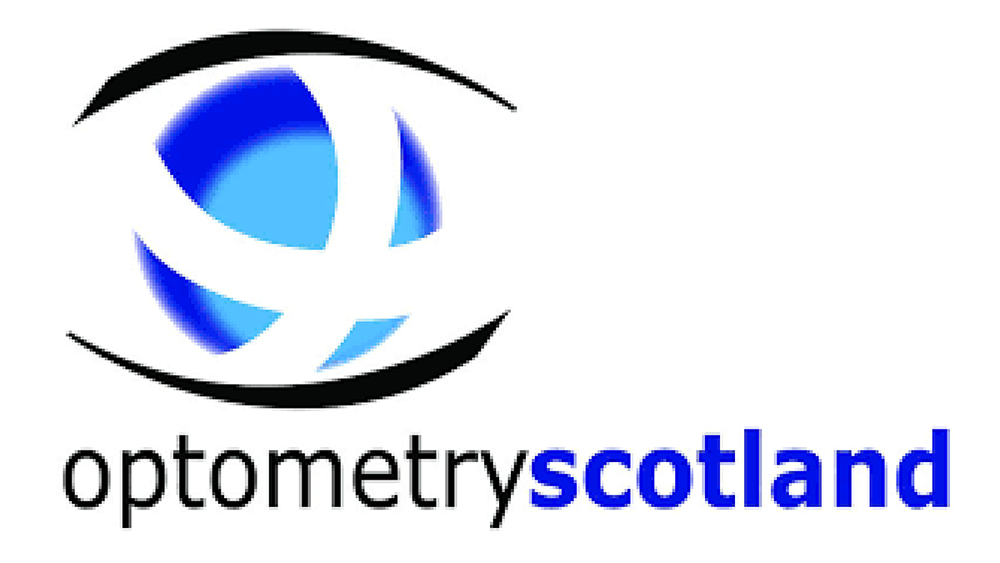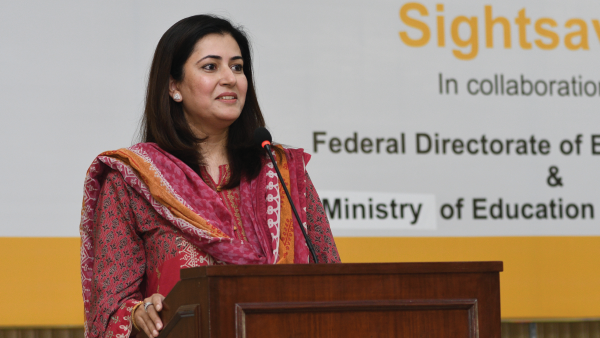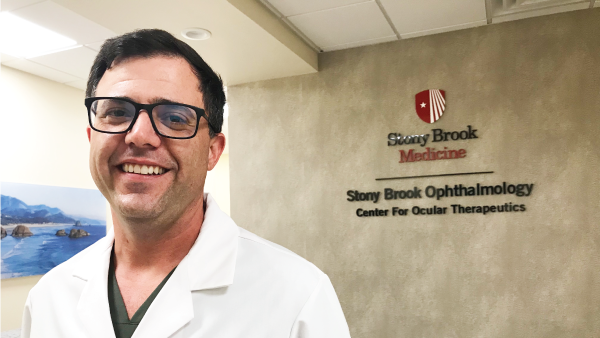You are viewing 1 of your 3 articles before login/registration is required
Optometry Scotland: Eyes on 2023
As the current chair of OS, I look back on 2022 and make some predictions for the year ahead
The year 2022 proved to be a hugely pivotal moment for Optometry Scotland (OS). With the country returning to a sense of normality after two years of disruption to care services, last year saw most of us find our footing again. Optometry practices steadily brought their patients back up to date after missed recalls, and where other care providers were hit by backlogs and large waiting lists, the optical industry in Scotland was generally prepared and ready to meet demand.
COVID-19 certainly placed an unprecedented demand on OS – especially on me and former chair David Quigley, as we spent hours (day and night!) trying to navigate the new rules and guidance – a daunting experience. We did, of course, get through it, buoyed by support from the executive committee, OS team members, and other organizations. But we also recognized that we needed an extra pair of hands – someone who wouldn’t be balancing their work with OS with another full-time job. This extra body came in the shape of Elizabeth Docherty, who was appointed as Optometry Scotland’s first ever Director of Operations. Docherty’s appointment was well received by all stakeholders and she has already proved to be a boon to the organization.
Last year saw OS achieve a further 4.5 percent increase in General Ophthalmic Services (GOS) fees for 2022/23, which translates to an aggregate total of a 7.6 percent increase on 2019/20. This milestone marked the first fee increase in more than 10 years. OS had been facing increased pressures from members who were not only struggling with the former payment model, but also felt undervalued by the government, especially compared with other health professionals who frequently received fee increases following reviews.
For me, the argument was simple. The costs are increasing year on year, with a service that is doing more and more – so why is the fee not changing? I’m beyond proud that, after lobbying successfully for more money, we were also able to establish a formal process for annual remuneration reviews, which is aligned to that of dentists for the interim period while we explore our own model. The sustainable funding model will act as a safeguard for fees and enhance the future of community optometry.
New year, new challenges
As I step into my second term as chair of OS, there is a lot to look forward to. But we also face a changing eye care landscape across the UK. There are economic pressures; the cost-of-living crisis that’s hitting everyone hard will have a knock-on effect for eyewear retailers. For those practices on the High Street, optometrists are facing the same pressures as other retail establishments. Rents and rates are going up, as are electricity and heating bills.
Staff costs are also on the up. The change in the National Living Wage has an impact on optometry practices too. Likewise, there is the uncertainty around patient spending. The benefit to the universal eye examination in Scotland means everyone can still come in for their eye health check – and it’s imperative that people don’t put that off if they are concerned about finances.
We’re also continuing our conversations as part of a Primary Eyecare Services Expert Working Group, discussing how we can continue to support and enhance eye care in Scotland. Technology is at the forefront of this. Leading-edge equipment, such as OCT, is having a big impact on eye care. OCT scans help detect sight-threatening eye conditions earlier, but there is a significant cost associated with the technology and it’s not currently available through the NHS. Some practices are opting to offer enhanced digital imaging as an additional private charge. And we hope to open this up as part of a universal charge, ensuring that everyone can receive such treatment – which in some cases can be life-saving.
It’s exciting to be involved in shaping the future of eye care. Last year, we showed how agile OS can be – and what successes we can share with our members. Ultimately, we’re here for our members, and we want to be an accurate representation of their voices. To that end, we’re always open to hearing about pain points in practice or in the industry and ready to offer our support.
The New Optometrist Newsletter
Permission Statement
By opting-in, you agree to receive email communications from The New Optometrist. You will stay up-to-date with optometry content, news, events and sponsors information.
You can view our privacy policy here
Most Popular
Sign up to The New Optometrist Updates
Permission Statement
By opting-in, you agree to receive email communications from The New Optometrist. You will stay up-to-date with optometry content, news, events and sponsors information.
You can view our privacy policy here
Sign up to The New Optometrist Updates
Permission Statement
By opting-in, you agree to receive email communications from The New Optometrist. You will stay up-to-date with optometry content, news, events and sponsors information.
You can view our privacy policy here









